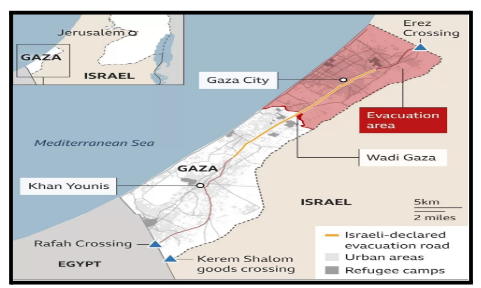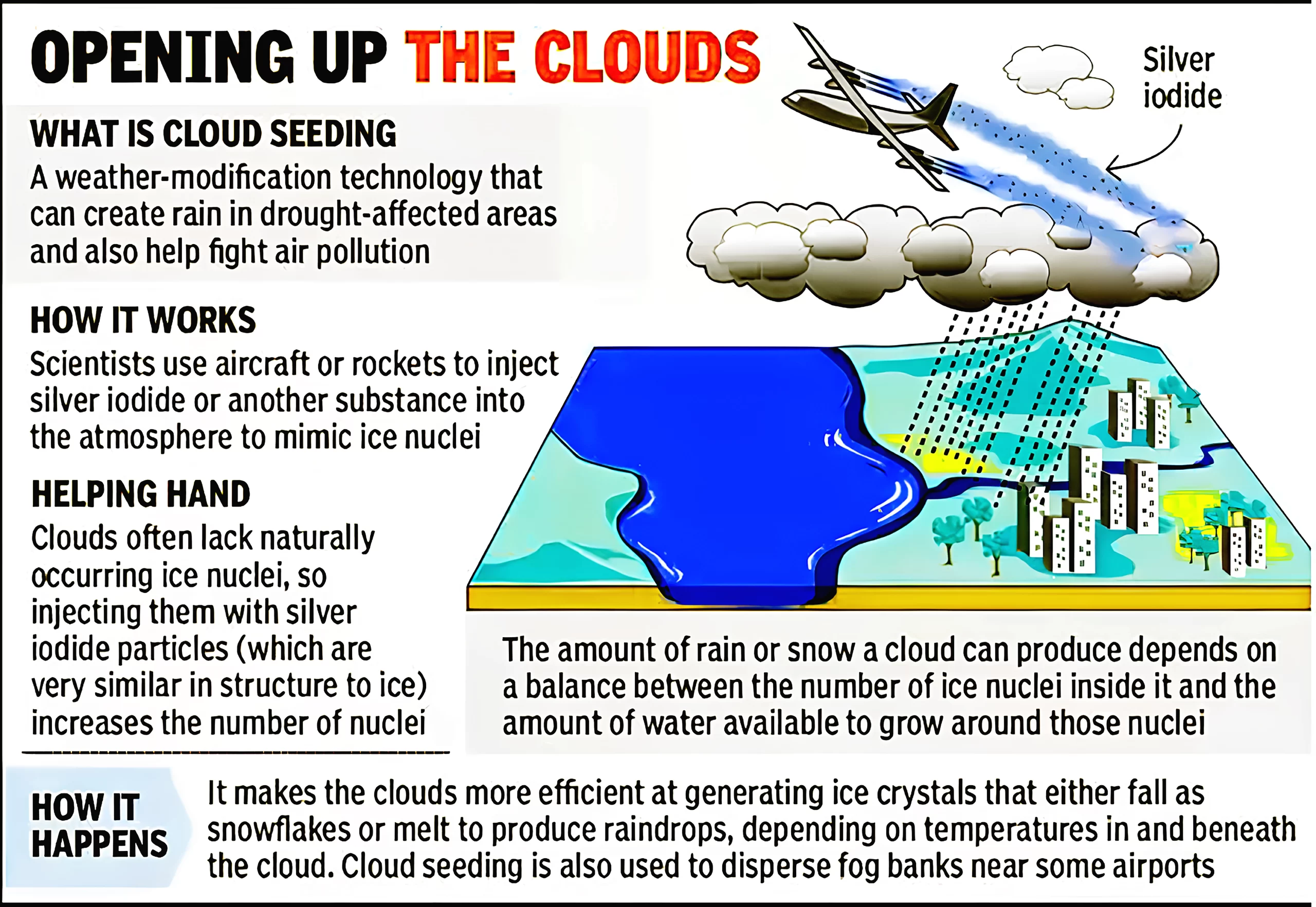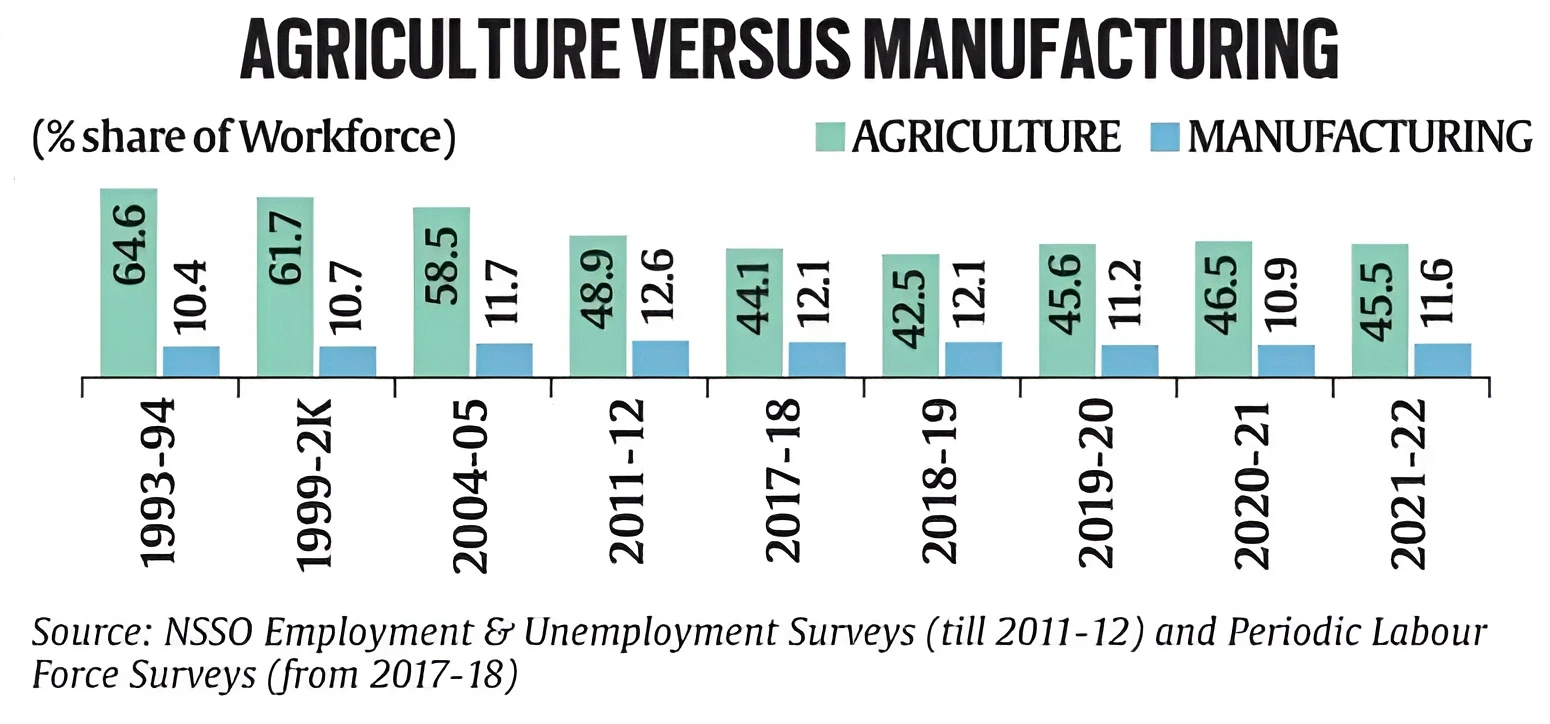
News Source: The Print
News Source: The Indian Express
What is the Viability Gap Funding scheme?
|
|---|
News Source: PIB
Reasons for focus on Gir indigenous cow as compared to other breeds:
|
|---|
News Source: Down to Earth
Doklam
Siliguri Corridor:
|
News Source: The Hindu

News Source: Economic Times
PM Street Vendor’s AtmaNirbhar Nidhi (PM SVANidhi)
|
|---|
News Source: TOI
| Relevancy for Prelims: Interconnected Disaster Risks Report 2023, Climate Change, Institute for Environment and Human Security (UNU-EHS), Coalition for Disaster Resilient Infrastructure (CDRI), and Emissions Gap Report 2022.
Relevancy for Mains: Interconnected Disaster Risks Report, and Key findings of the Interconnected Disaster Risks Report 2023. |
|---|
About Interconnected Disaster Risks Report
|
|---|
Extinctions: Human activities such as land-use change, overexploitation, climate change, pollution, and the introduction of invasive species have accelerated species extinctions.
Case Example – “Unbearable Heat”:
|
|---|
Also read: Redouble Efforts To Reduce Disaster Risks
Recommendations: The Interconnected Disaster Risks Report 2023 proposes two categories for solutions: Avoid solutions, and Adapt solutions
These risk tipping points underscore the need for proactive measures, transformational changes, and global cooperation to mitigate their impact and build a sustainable future.
| Prelims Question (2016)
With reference to an initiative called ‘The Economics of Ecosystems and Biodiversity (TEEB)’, which of the following statements is/are correct? 1. It is an initiative hosted by UNEP, IMF and World Economic Forum. 2. It is a global initiative that focuses on drawing attention to the economic benefits of biodiversity. 3. It presents an approach that can help decision-makers recognize, demonstrate and capture the value of ecosystems and biodiversity. Select the correct answer using the code given below. (a) 1 and 2 only (b) 3 only (c) 2 and 3 only (d) 1, 2 and 3 Ans: (c) |
|---|
| Mains Question: Discuss the progress made by India in implementing the Sendai Framework for Disaster Risk Reduction and the challenges faced in achieving its targets. (250 words, 15 Marks) |
|---|
| Relevancy for Prelims: Middle Income Trap, Middle income countries, World Bank, India’s GDP Growth Rate, Insolvency and Bankruptcy Code (IBC), and Per Capita Income of India.
Relevancy for Mains: Middle Income Trap, Reasons for the middle income trap, India’s Path to Developed Economy by 2047, How has India moved up the development ranks, challenges for India’s high economic growth, and strategies to escape middle income traps. |
|---|
The World Bank assigns the world’s economies to four income groups—low, lower-middle, upper-middle, and high income. The classifications are updated each year on July 1 and are based on the GNI per capita of the previous year. GNI measures are expressed in United States dollars (USD).

Case Study: India loses competency in T-shirt exports against Vietnam and Bangladesh.
|
|---|
Which countries are stuck in the middle income trap?
|
|---|
Also read: Core Sectors Growth
The 2017-18 Economic Survey warned that the Following factors could hurt India’s growth story.

India’s economic outlook involves navigating challenges to achieve sustainable growth. Addressing poverty, gender gaps, and climate change through targeted policies and investments will be crucial for India’s long-term development and to escape the middle income trap.
| Prelims Question (2015)
With reference to Indian economy, consider the following statements: 1. The rate of growth of Real Gross Domestic Product has steadily increased in the last decade. 2. The Gross Domestic Product at market prices (in rupees) has steadily increased in the last decade. Which of the statements given above is/are correct? (a) 1 only (b) 2 only (c) Both 1 and 2 (d) Neither 1 nor 2 Ans: (b) |
|---|
SC Verdict on Newsclick Shows Adherence to Due Pro...
Stay Invested: On Chabahar and India-Iran Relation...
Credit Rating Agencies, Impact on India’s De...
Catapulting Indian Biopharma Industry
Globalisation Under Threat, US Import Tariffs Have...
Global Report on Hypertension, Global Insights and...
<div class="new-fform">
</div>
